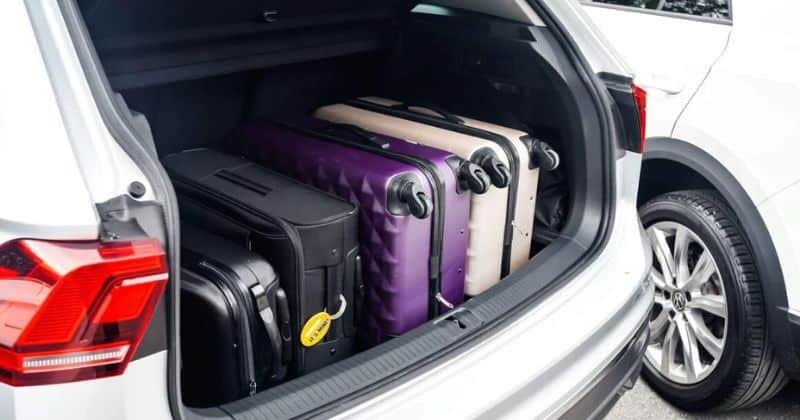What is Personal Belongings Cover in Car Insurance?

When you purchase a comprehensive car insurance policy, you expect it to protect you from major financial setbacks in case of accidents, theft, or natural disasters. While these policies do cover damage to your vehicle and liability to others, many people don’t realize that the items they keep inside the car may not be covered unless specifically stated. That’s where Personal Belongings Cover steps in. This often-overlooked add-on can make a huge difference in certain situations. From lost gadgets to stolen laptops or damaged personal items, it ensures that your valuable possessions aren't left out in the cold. Let’s take a deep dive into what this cover is, how it works, and whether it’s worth including in your car insurance policy. Personal Belongings Cover is an optional add-on available with comprehensive car insurance policies. It provides protection for your personal items if they are lost, stolen, or damaged while inside your insured vehicle. This could include: While these may seem like everyday items, they can add up quickly in value. Imagine leaving your laptop bag in the back seat while running a quick errand, only to return and find the car broken into. Without this add-on, your policy won’t compensate you for the stolen items—even if the car itself is covered. Let’s say you drive to the gym and leave your gym bag and your work laptop in the car. You park in a fairly safe area, lock your vehicle, and walk inside. An hour later, you return to find your car window smashed and your belongings gone. You file a claim with your insurer, but to your surprise, they only cover the damage to the car—not the stolen items inside. If you had opted for Personal Belongings Cover, you would have been able to claim for the stolen laptop and gym bag as well (subject to policy limits and terms). The exact list can vary slightly between insurance providers, but generally, Personal Belongings Cover includes: It’s important to note that the coverage applies only to personal items—not business tools or goods being transported for commercial purposes. As with all insurance policies, there are some exclusions. Most insurers will not offer coverage for: Some insurers may also refuse claims if proper documentation or a police FIR isn’t submitted in the case of theft. Personal Belongings Cover is usually subject to a maximum limit, which can range from ₹5,000 to ₹50,000 or more, depending on the insurer and the premium you choose. Some policies offer a fixed cover with your standard premium, while others let you customize the limit based on your needs. Naturally, a higher cover will come with a slightly higher premium. If you ever find yourself needing to use this cover, here’s how the claim process generally works: Keep in mind that some items might be covered on a depreciated value basis, meaning the insurer may not pay the full cost of a used item but rather its current market value. This add-on might seem like a small addition, but for certain individuals, it’s highly valuable. Here are some scenarios where it can be especially useful: If you fall into any of these categories, adding Personal Belongings Cover might be a small price to pay for peace of mind. The premium for Personal Belongings Cover is usually very reasonable, especially when compared to the cost of replacing stolen or damaged items. On average, it can range between ₹100 to ₹500 per year, depending on the insurer and the coverage amount you opt for. Compared to the potential loss of a ₹40,000 laptop or a ₹10,000 mobile phone, the additional premium is often negligible. Many people focus solely on protecting their car’s exterior or engine but overlook what’s inside. Personal Belongings Cover is a smart, cost-effective add-on that fills this gap, especially for those who frequently keep valuable items in their vehicle. It’s a simple way to enhance your car insurance policy and ensure that you’re not left facing additional financial stress in already unfortunate situations like theft or vandalism. Before opting in, always read the fine print. Understand what’s included, what’s not, and how much you’ll be covered for. If you feel your daily carry items have significant value, this add-on is worth considering. Remember, insurance isn’t just about the big-ticket losses — it’s also about safeguarding the small things that matter.Understanding Personal Belongings Cover
Real-Life Scenario
What is Typically Covered?
What is Not Covered?
How Much Can You Claim?
Claim Process
Do You Really Need This Cover?
How Much Does It Cost?
Final Thoughts

